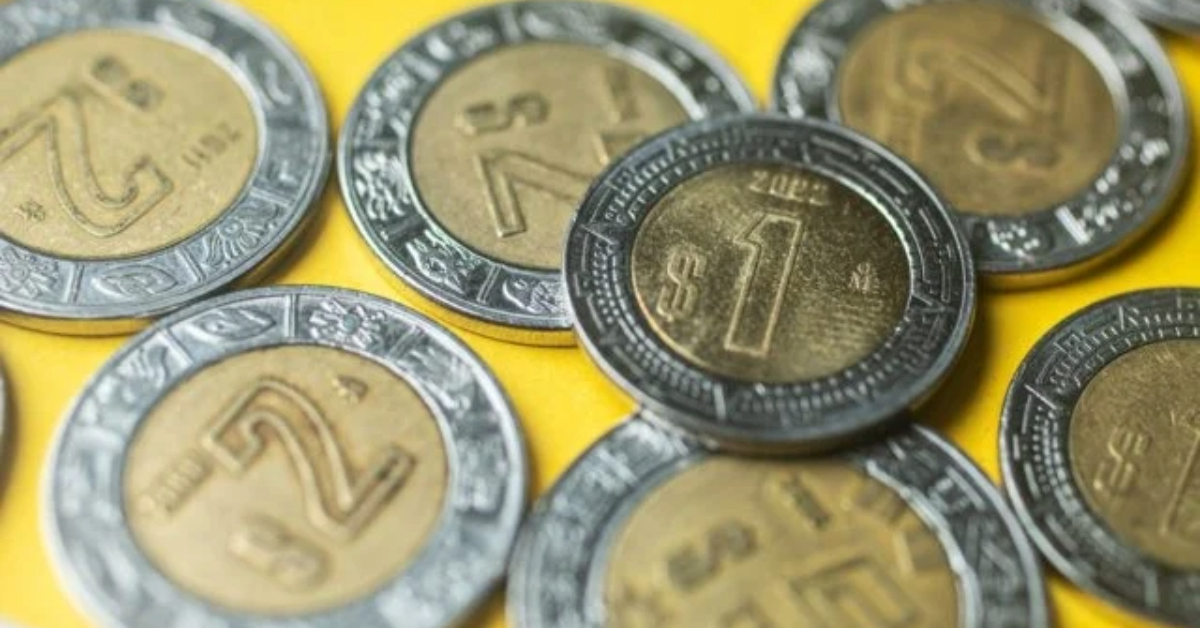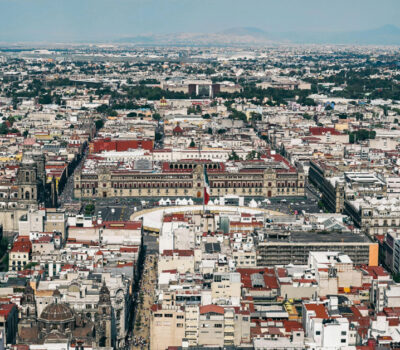Puerto Vallarta, Mexico – The Mexican peso opened lower against the US dollar on Tuesday morning, extending a recent slide as global trade tensions flare and market participants brace for a key Federal Reserve decision. According to official data from the Bank of Mexico (Banxico), the spot exchange rate stood at 19.7293 pesos per dollar, marking a loss of 5.99 cents—or 0.31 percent—from Monday’s close of 19.6694 pesos.
Traders saw the peso fluctuate within an intraday range bounded by a high of 19.7811 and a low of 19.6861. At the same time, the Intercontinental Exchange’s Dollar Index (DXY), which measures the greenback against a basket of six major currencies, slipped 0.47 percent to 99.33 points, reflecting broad dollar weakness amid shifting risk sentiment.
The decline in the peso comes as markets grow increasingly uneasy over the threat of additional tariffs. Reports indicate that the European Union is preparing to impose extra levies on US goods worth up to €100 billion ($113.26 billion) should negotiations with Washington fail to yield satisfactory assurances. The potential for a fresh round of tit-for-tat duties has injected uncertainty into global trade flows, prompting investors to seek refuge in the dollar.
“With no new developments to tip the scales, participants remain on edge,” said one currency strategist in Mexico City. “Any announcement from Brussels or Washington could trigger abrupt swings, and with the Fed decision looming tomorrow, volatility is likely to persist.”
Market focus is squarely on the Federal Reserve’s monetary policy announcement, scheduled for Wednesday afternoon local time. While policymakers are widely expected to hold the federal funds rate steady, attention will pivot to Chair Jerome Powell’s post-decision statement and press conference. Investors will parse his comments for clues on how trade disputes may influence the US economic outlook, particularly regarding inflation and employment.
“In the absence of policy shifts, tone and projections become everything,” noted an economist at a leading Mexico City bank. “If Powell flags tariff risks as a headwind, that could weigh on emerging-market currencies, including the peso.”
On the domestic front, analysts point to tepid economic indicators as additional headwinds. Monex Group highlighted weak gross fixed investment figures, released earlier this week, underscoring a slowdown in business spending. “The peso is feeling the drag from lackluster local investment data, even as global trade tensions persist,” Monex commented in a morning briefing.
Gross fixed investment, which encompasses public and private spending on infrastructure, machinery, and construction, is a key driver of long-term growth. Its recent contraction signals that businesses may be pausing capital projects amid uncertainty—a development that can dampen demand for peso-denominated assets.
Technical analysts at Grupo Financiero Banorte also weighed in, suggesting that the peso’s rebound could continue after breaking below a significant support line at 19.63 pesos per dollar. “That level has now flipped to resistance,” Banorte noted, adding that the next technical barriers lie at 19.80, followed by 19.90 and the 20-peso threshold.
The 20-peso level is psychologically important, as crossing it would represent a pronounced weakening of the local currency. While analysts do not anticipate an outright breach in the near term, they caution that sustained risk aversion could test that boundary.
Looking ahead, traders will also monitor upcoming releases of Mexican economic data. Later this week, reports on inflation, retail sales, and manufacturing activity will offer further insight into the health of Latin America’s second-largest economy. Any surprises—positive or negative—could amplify currency moves.
Investors will be especially attentive to Banxico’s next inflation report. Mexico’s central bank has maintained a hawkish stance in recent policy meetings, keeping its benchmark interest rate at 11.25 percent to combat persistent price pressures. Should inflation readings come in above consensus, that could bolster support for the peso; conversely, softer-than-expected figures might undermine it.
Despite the challenges, some portfolio managers see value in Mexican assets at current valuations. “Emerging-market currencies have rallied in recent weeks, but the peso still offers carry and diversification benefits,” said a fund manager based in New York. “Longer term, Mexico’s solid fundamentals—fiscal discipline, robust remittances, and a favorable trade structure—should underpin the currency.”
Nonetheless, in the near term, markets appear poised for a cautious stance. With Washington and Brussels locked in a tariff standoff and the Fed about to provide fresh guidance, the peso’s path will likely hinge on headlines. Traders may find trading opportunities in the anticipated bouts of volatility, but for many, sitting on the sidelines until clearer signals emerge could be the preferred course.
As Tuesday’s session unfolds, all eyes will remain on incremental updates—be it a statement from EU negotiators, comments from US trade officials, or snippets from Fed Chair Powell’s speech. In an environment where risk appetite can shift on a tweet or a soundbite, the peso’s journey through the 19.70–19.80 band is certain to keep investors on high alert.
Puerto Vallarta, Mexico - The Mexican peso opened lower against the US dollar on Tuesday morning, extending a recent slide as global trade tensions flare and market participants brace for a key Federal Reserve decision. According to official data from the Bank of Mexico (Banxico), the spot exchange rate stood at 19.7293 pesos per dollar, marking a loss of 5.99 cents—or 0.31 percent—from Monday’s close of 19.6694 pesos.












